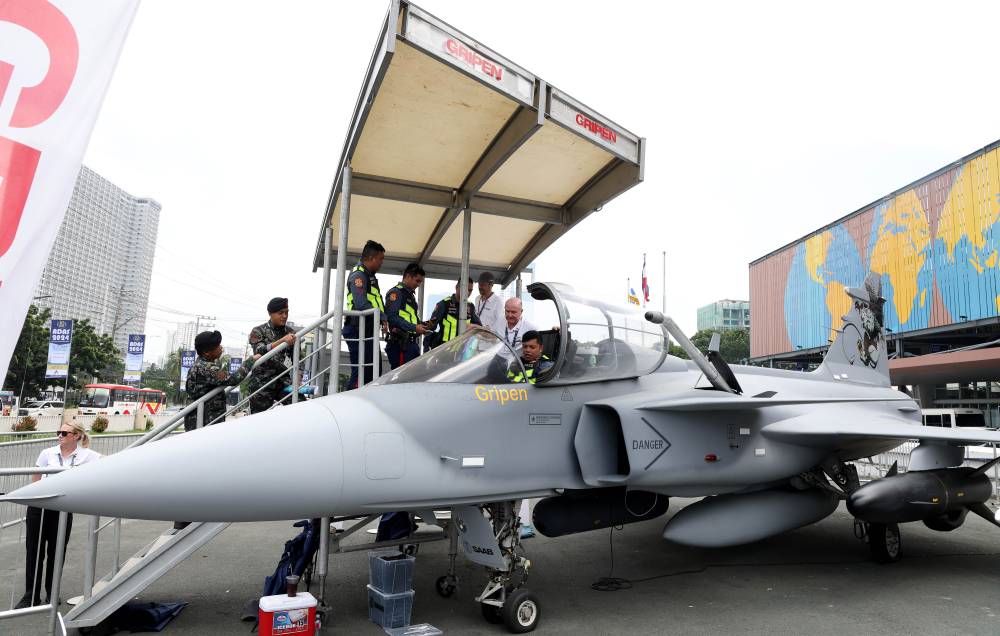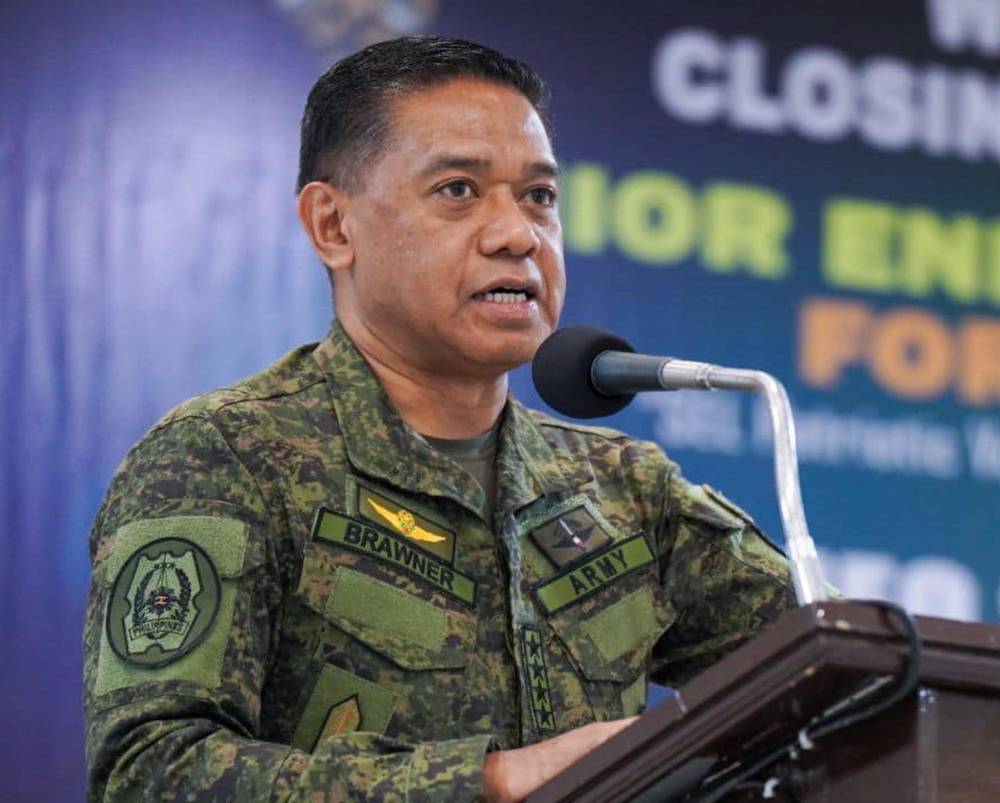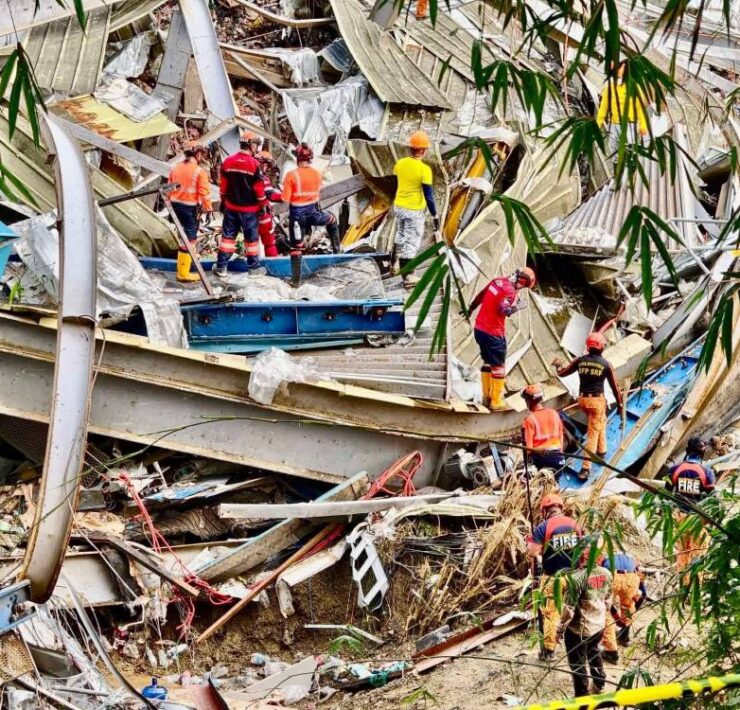China tests ICBM; PH hopes to keep US missile launcher

China said on Wednesday that it successfully conducted a rare launch of an intercontinental ballistic missile (ICBM) into the Pacific Ocean, a move likely to raise international concerns about the country’s nuclear build-up.
The ICBM, carrying a dummy warhead, was launched by the People’s Liberation Army Rocket Force at 8:44 a.m. Beijing time on Wednesday and “fell into expected sea areas,” the Chinese defense ministry said in a statement, adding that it was a “routine arrangement in our annual training plan” and not directed at any country or target.
China “informed the countries concerned in advance,” according to a separate Xinhua report, which did not clarify the path of the missile or where in the “high seas of the Pacific Ocean” it fell.
The launch “effectively tested the performance of weapons and equipment and the training level of the troops, and achieved the expected goal,” Xinhua reported.
A Japan Coast Guard official said it had received a navigation warning from China on Monday for “space debris” in three zones in South China Sea and the Pacific north of the Philippines’ Luzon island, and in the South Pacific, on Wednesday.
The official declined to confirm whether it was related to the reported missile launch.
Beyond deterrence
It is rare for China to fire long-range missiles into the sea as it prefers to test them unannounced in isolated provinces such as Inner Mongolia, analysts said.
The PLA Rocket Force, which oversees the country’s conventional and nuclear missiles, has been tasked with modernizing China’s nuclear forces in the face of developments such as improved US missile defenses, better surveillance capabilities, and strengthened alliances.
Some analysts, however, say the speed of China’s nuclear build-up goes beyond credible minimum deterrence – the smallest strategic arsenal needed to prevent attacks.
In Manila, the Philippine military chief, Gen. Romeo Brawner Jr., said the Armed Forces of the Philippines had expressed its “intention” to the United States to keep the US mid-range missile system deployed in the country for joint military exercises.
“If I were given a choice, I want them to stay here forever,” Brawner told reporters on the sidelines of a defense exhibition that opened in Manila on Wednesday.
“We’re still waiting for their response,” he said.
In April, the US Army sent the Typhon missile system, a ground-based launcher capable of firing Tomahawk and SM-6 missiles, to an undisclosed location in northern Luzon, facing South China and Taiwan as part of large-scale combat exercises between Manila and Washington.

Reverse psychology
“If we had money, I’d like to buy Typhons… We need it for our defense,” Brawner said.
At the same event, Defense Secretary Gilberto Teodoro Jr. refused to confirm or deny whether the US missile system would be in the country indefinitely.
“China is saying that they are alarmed, but that is interference into our internal affairs. They are using reverse psychology in order to deter us from building up our defensive capabilities,” he told reporters.
Beijing has repeatedly raised concerns over the deployment of the Typhon system, saying it threatens regional security and “intensifies geopolitical confrontation.”
On the sidelines of Asean meetings in Laos in July, Chinese Foreign Minister Wang Yi said such a move could spark regional tensions and trigger an arms race.
But Foreign Secretary Enrique Manalo later said he assured Wang that the missile system deployment was “not destabilizing” and that it was temporary.
Manila has faced increasingly dangerous confrontations with Beijing over the South China Sea, which China claims almost entirely. Vietnam, Brunei, Malaysia and Taiwan also claim parts of the disputed waters.
China has more than 500 operational nuclear warheads in its arsenal, of which approximately 350 are ICBMs, and will probably have over 1,000 warheads by 2030, the Pentagon estimated last year. That compares to 1,770 and 1,710 operational warheads deployed by the US and Russia, respectively.





















